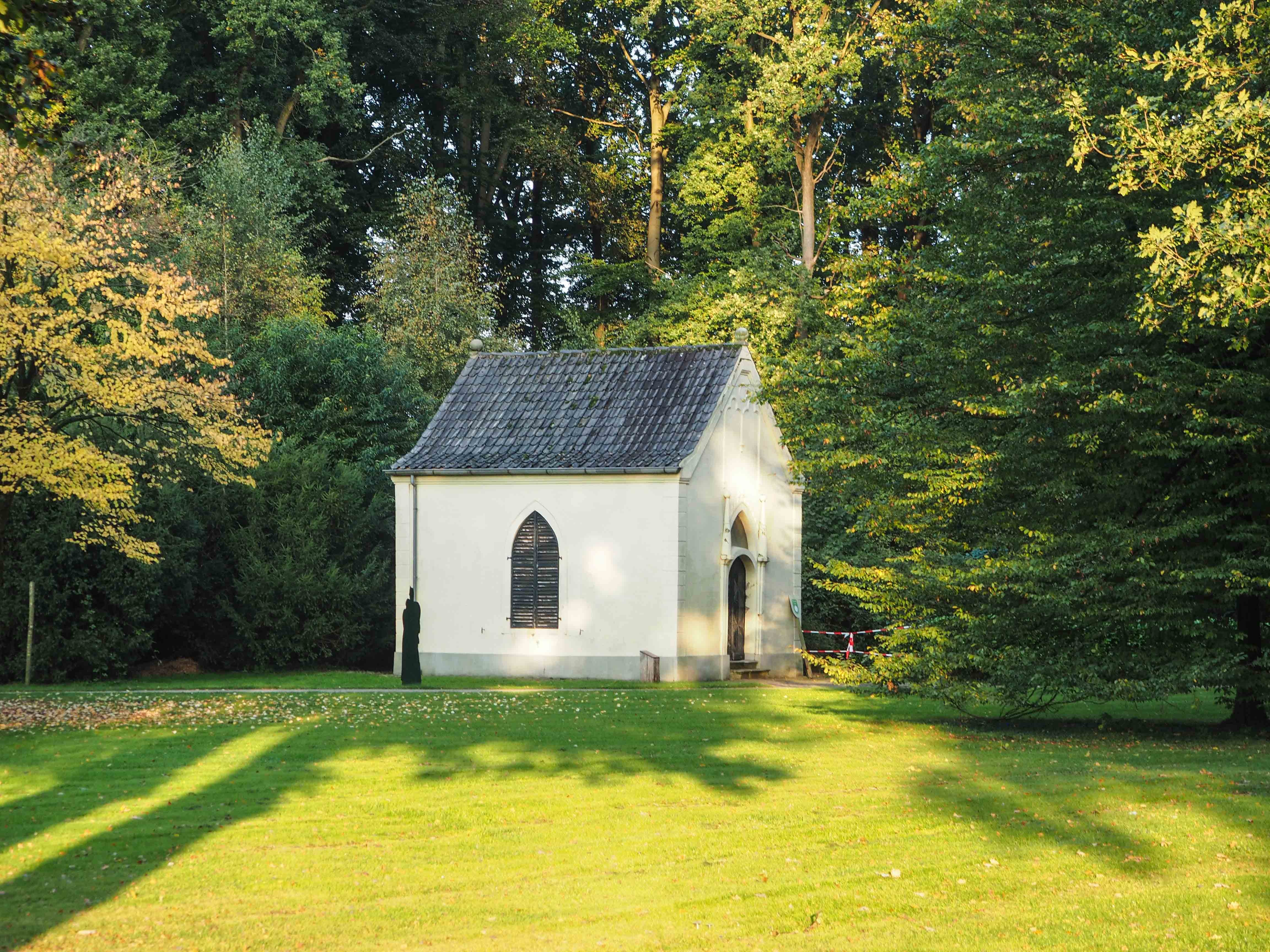Huis Doorn: The Final Home Of Kaiser Wilhelm II, The Former German Emperor
Huis Doorn is a historic manor located in the quiet town of Doorn, Netherlands.
This beautiful estate is best known as the last residence of Wilhelm II, the former German Emperor, who lived here in exile from 1920 until his death in 1941.
Today, Huis Doorn is a national museum, offering visitors a chance to see how a once-powerful ruler lived in his later years.
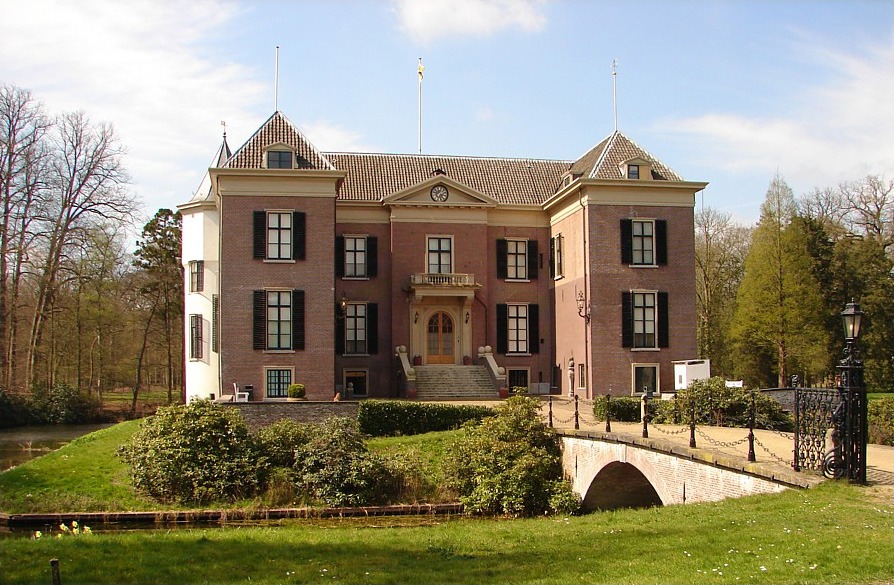
Long History of the Huis Doorn
Huis Doorn has a history that goes back to the 13th century.
Over the years, the house underwent several renovations, with significant changes made in the 19th century that gave it its current appearance.
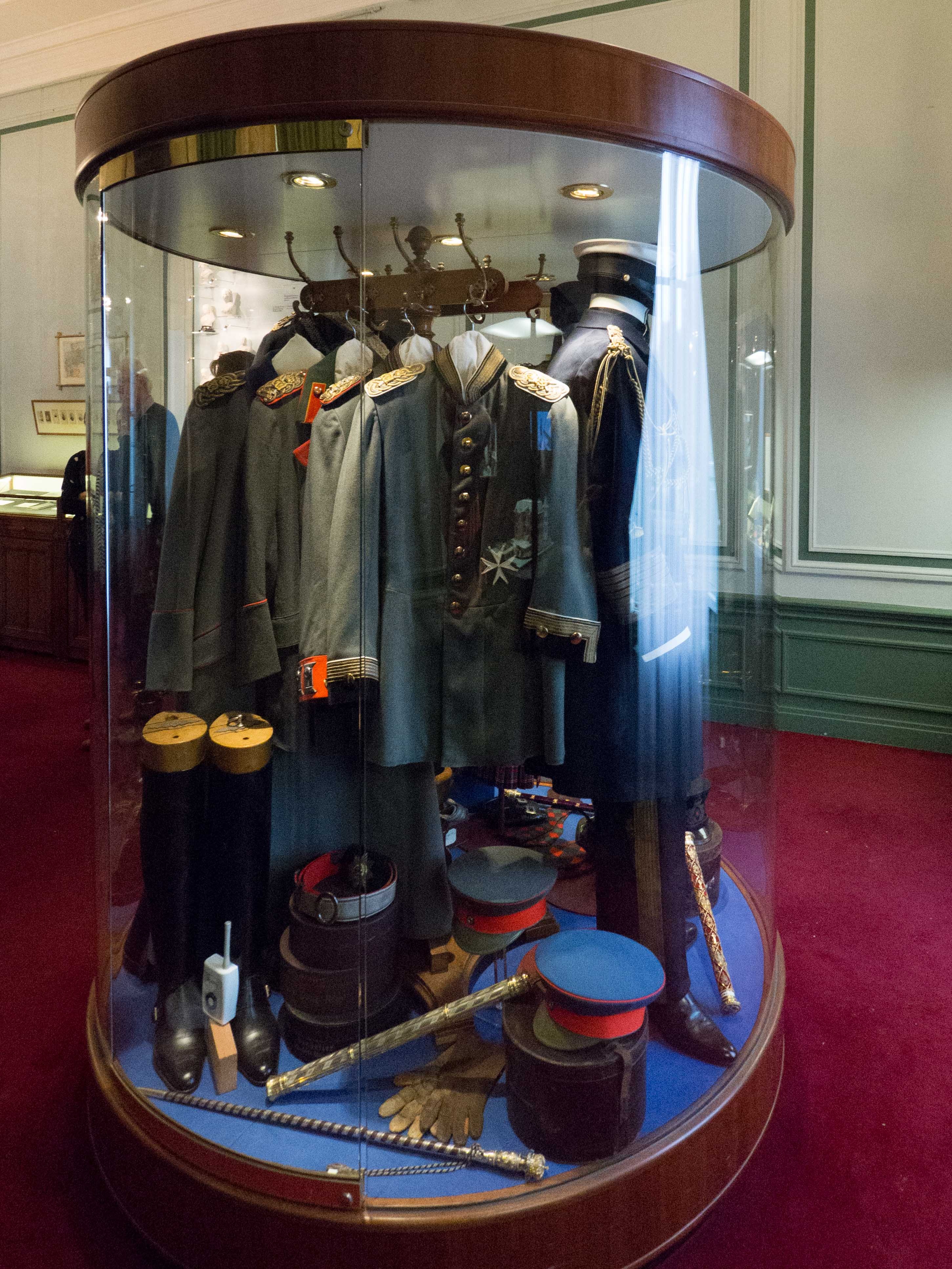
The manor is surrounded by lovely gardens, initially designed in the English landscape style but later modified by Wilhelm II when he made the estate his home.
The gardens, filled with trees and walking paths, still charm visitors today.
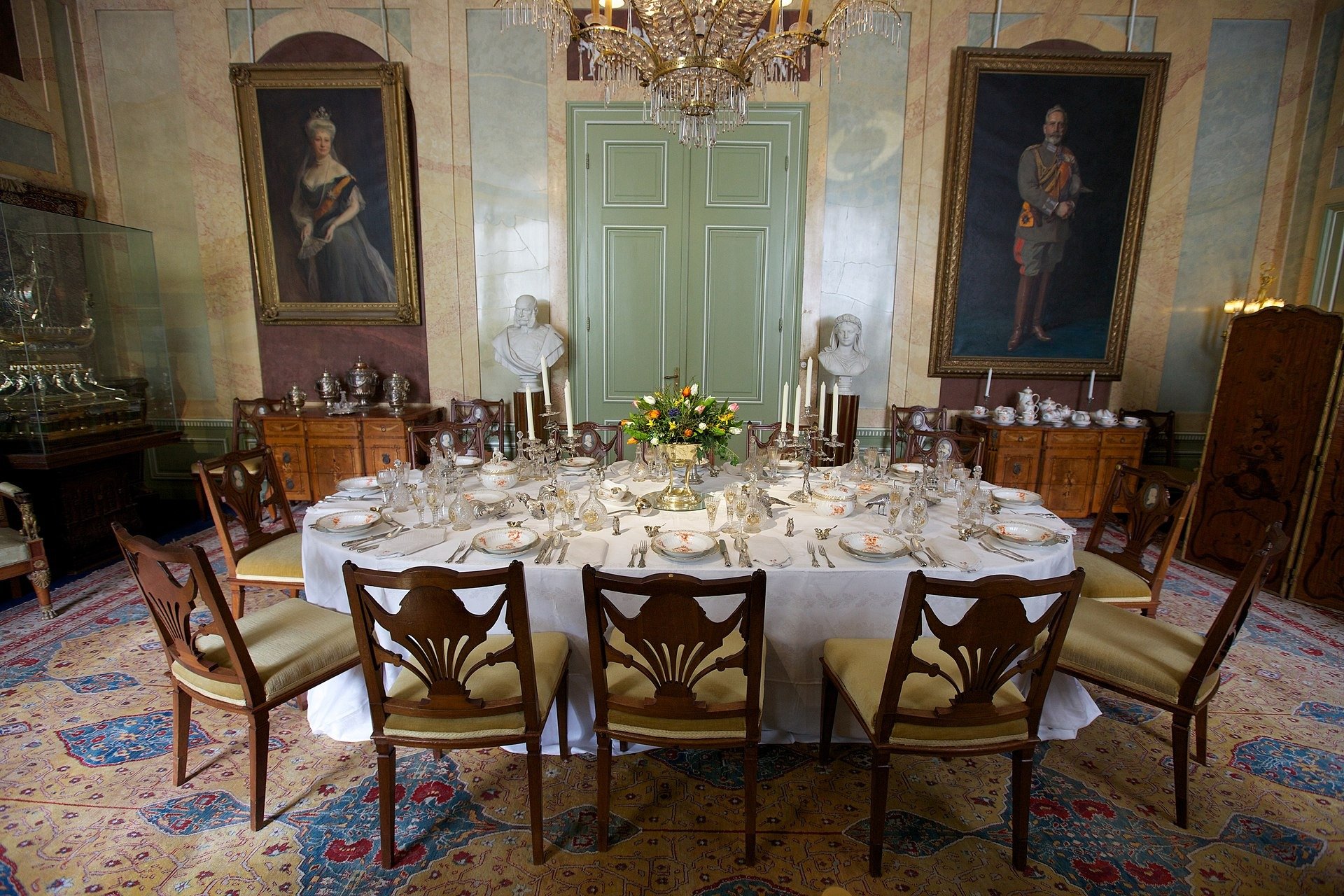
Wilhelm II’s Life in Exile
After Germany lost World War I, Wilhelm II was forced to abdicate the throne and sought refuge in the Netherlands.
In 1919, he bought Huis Doorn for 500,000 guilders and turned it into his new home.
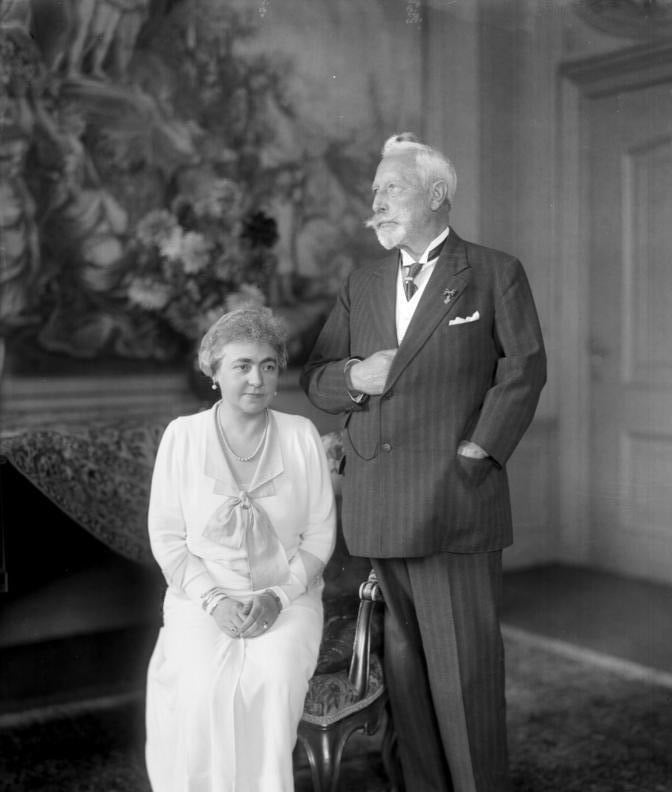
Even though he was no longer emperor, Wilhelm brought a touch of imperial splendor to Huis Doorn.
With the help of the German government, he transported 59 train carriages full of furniture, art, and other belongings from his former palaces in Germany to the estate.
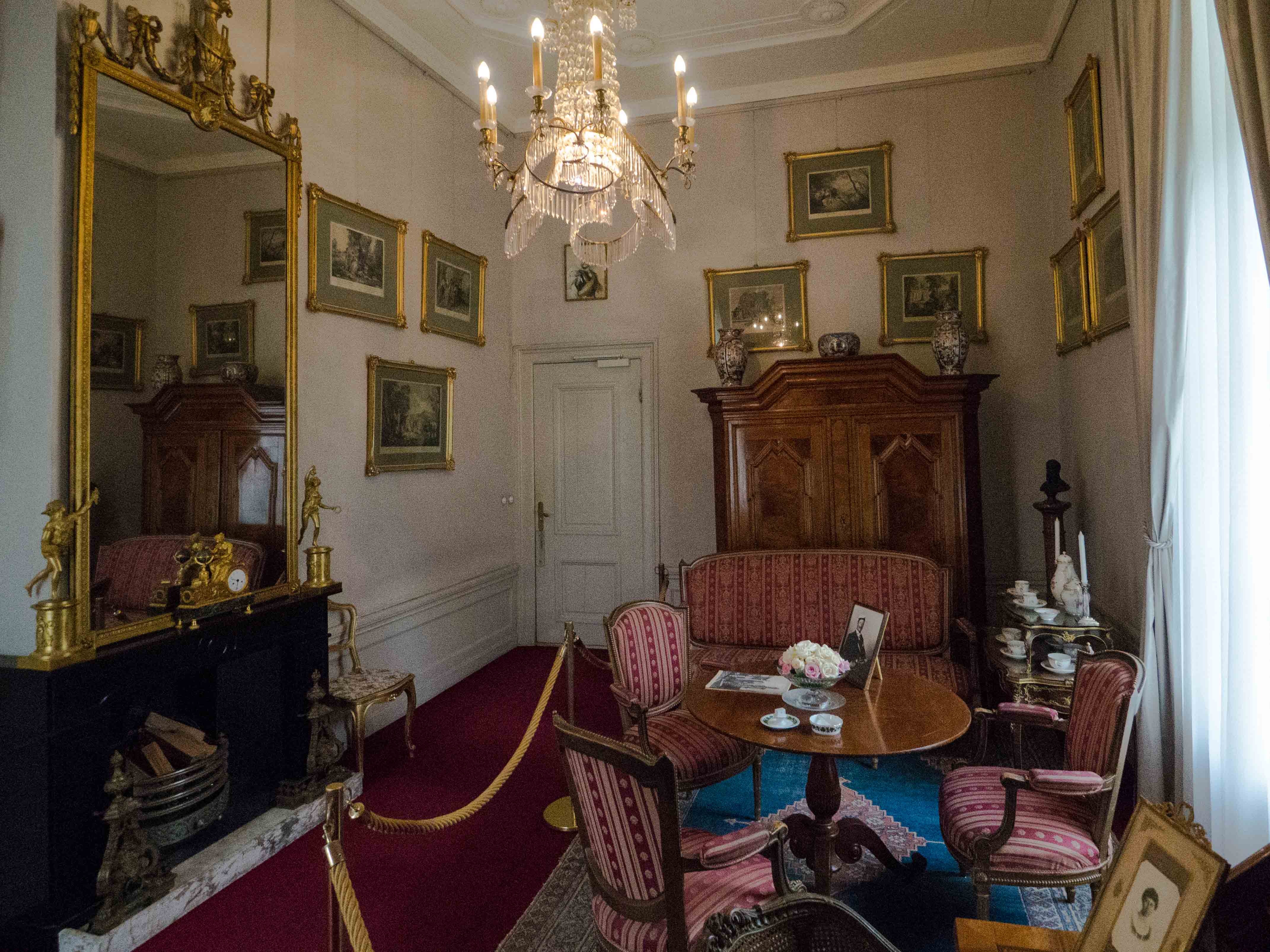
These items are now part of the museum’s collection, allowing visitors to see how Wilhelm lived during his years in exile.
Wilhelm settled into a life of routine and solitude at Huis Doorn.
He rarely left the estate, preferring to stay within its 10-kilometer radius.
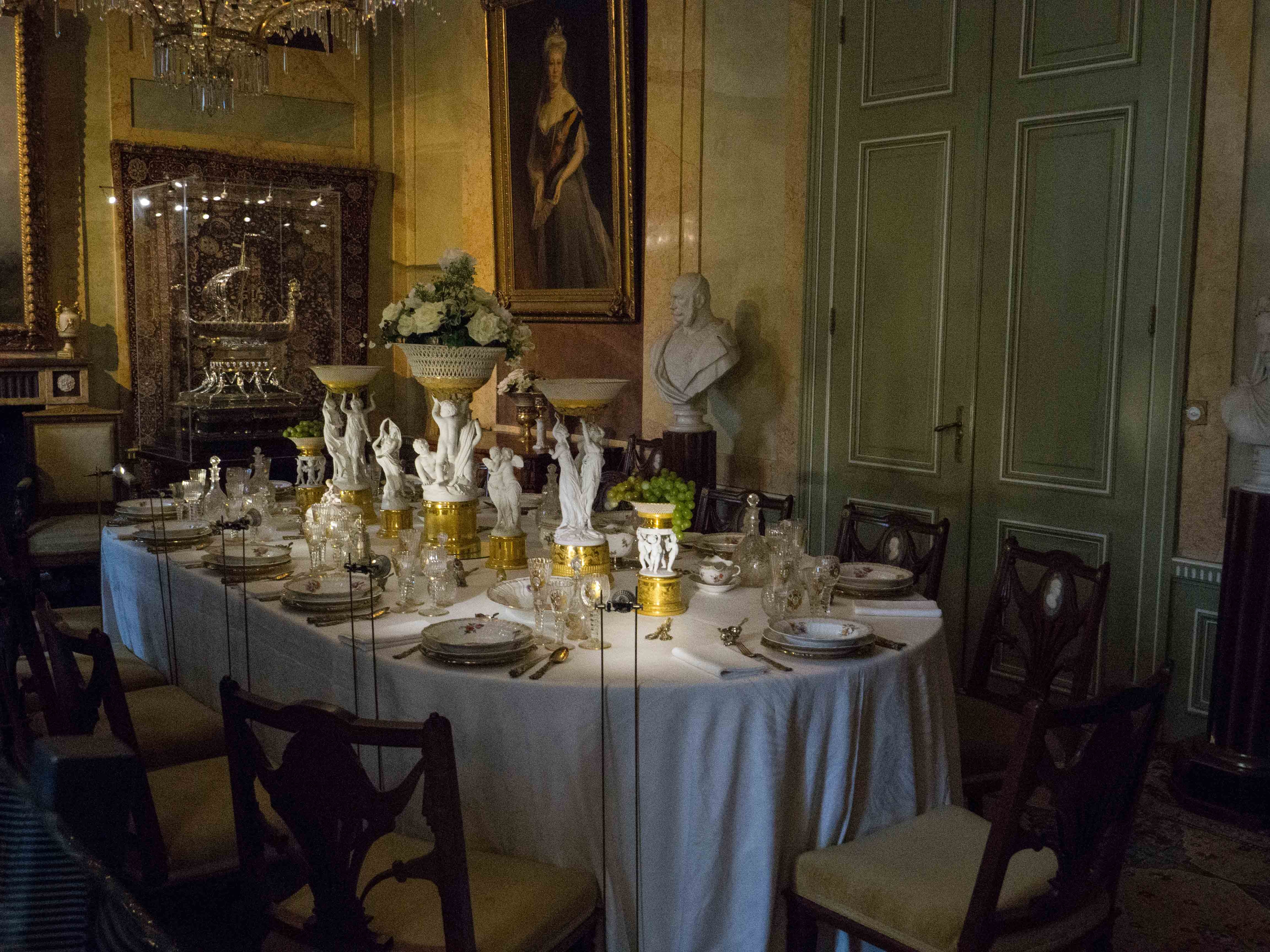
One of his favorite activities was chopping wood, a hobby that earned him the nickname “The Woodchopper of Doorn.”
His enthusiasm for this task even led to a noticeable reduction in the number of trees on the estate.
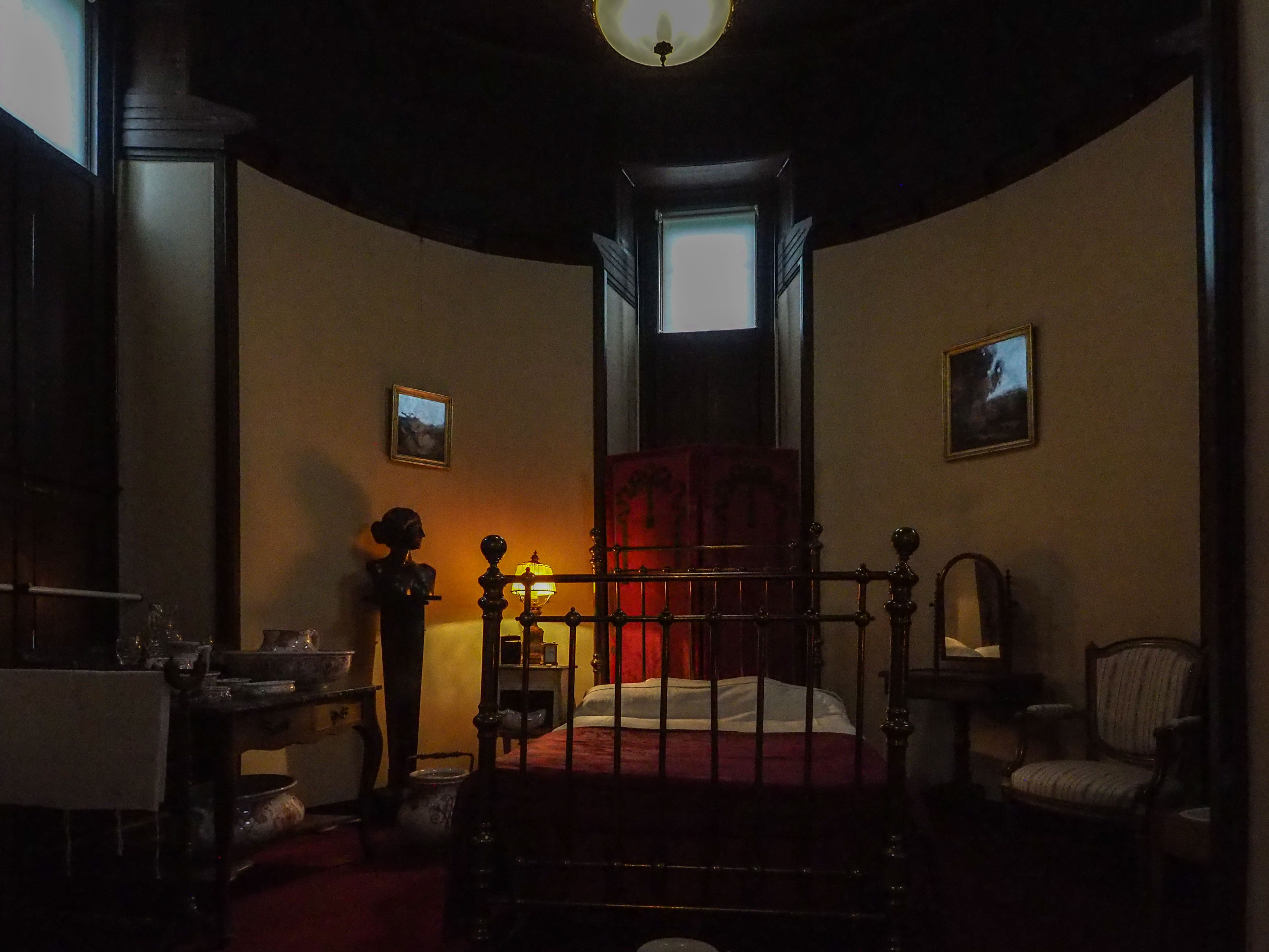
The Women of Huis Doorn
Huis Doorn was also home to the two important women in Wilhelm’s later life.
His first wife, Augusta Victoria, passed away at the estate in 1921.
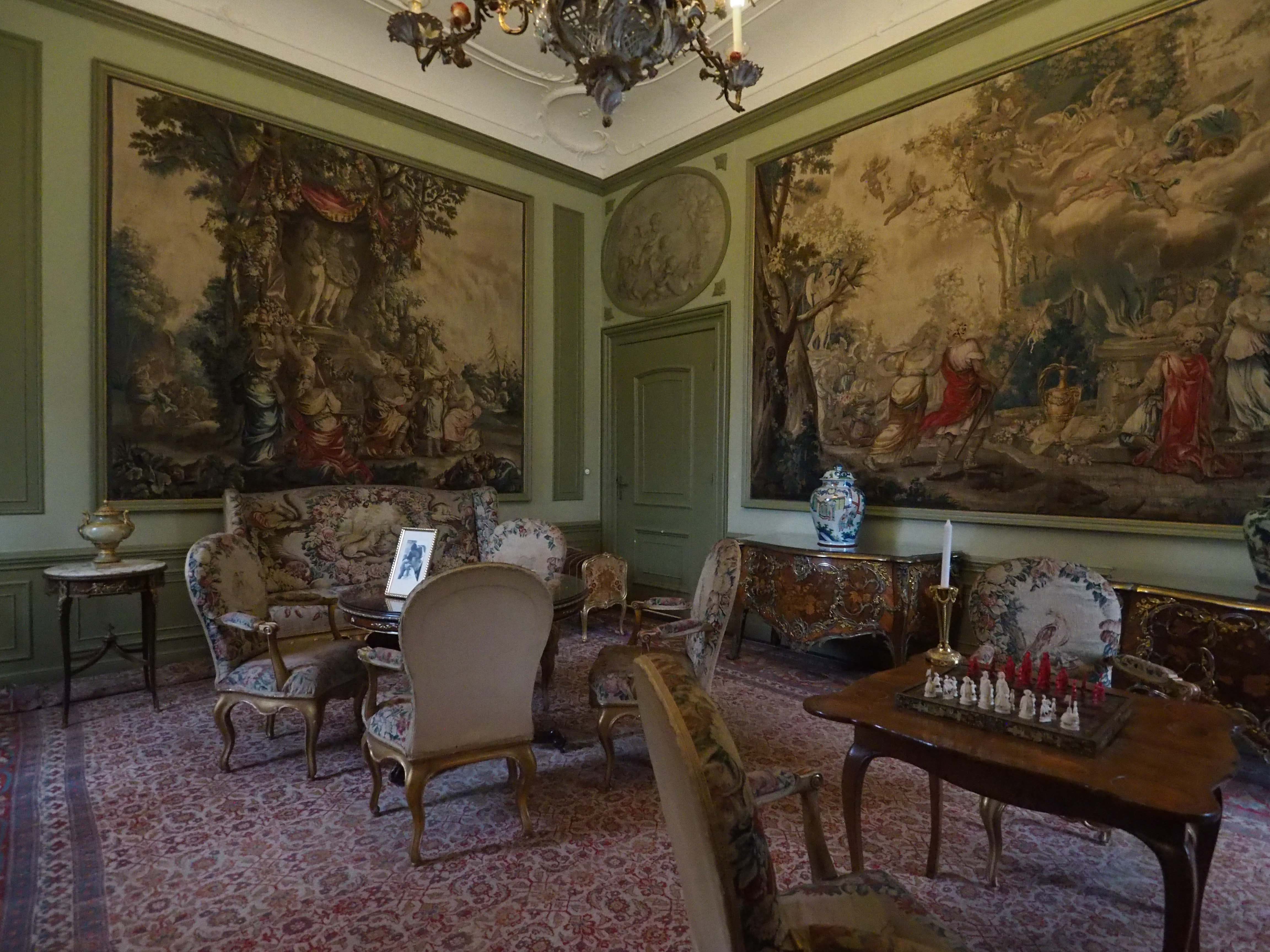
After her death, Wilhelm married Hermine Reuss of Greiz in 1922.
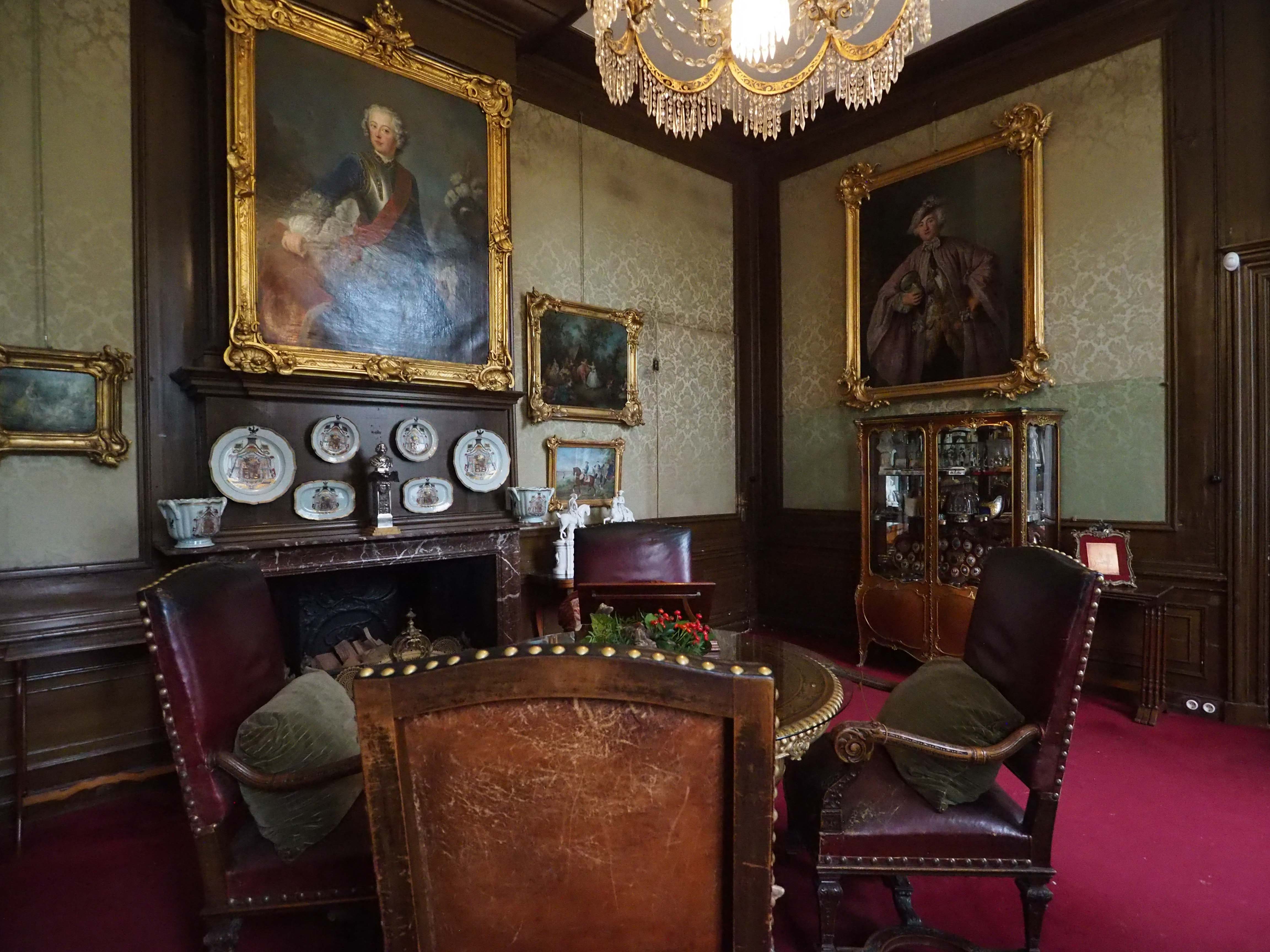
Hermine, who wrote about her experiences in an autobiography titled ‘An Empress in Exile: My Days in Doorn’, remained with Wilhelm until his death in 1941.
After Wilhelm’s passing, Hermine returned to Germany.
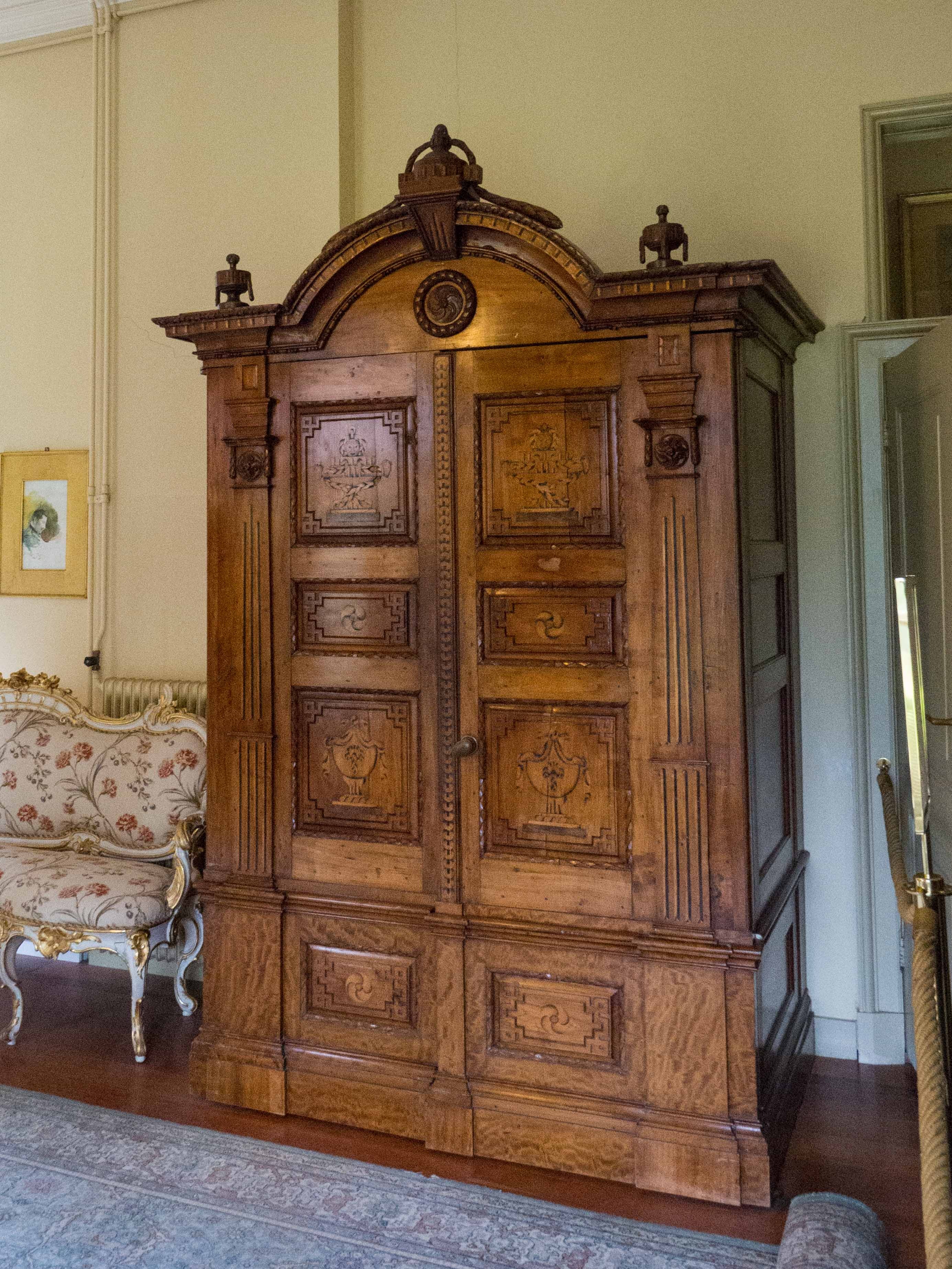
Wilhelm II and the Nazis
Wilhelm II had a complicated relationship with the Nazi regime.
Despite holding some anti-Semitic views, Wilhelm was upset by events like Kristallnacht and disliked key Nazi leaders, including Hermann Göring, who visited him at Huis Doorn.
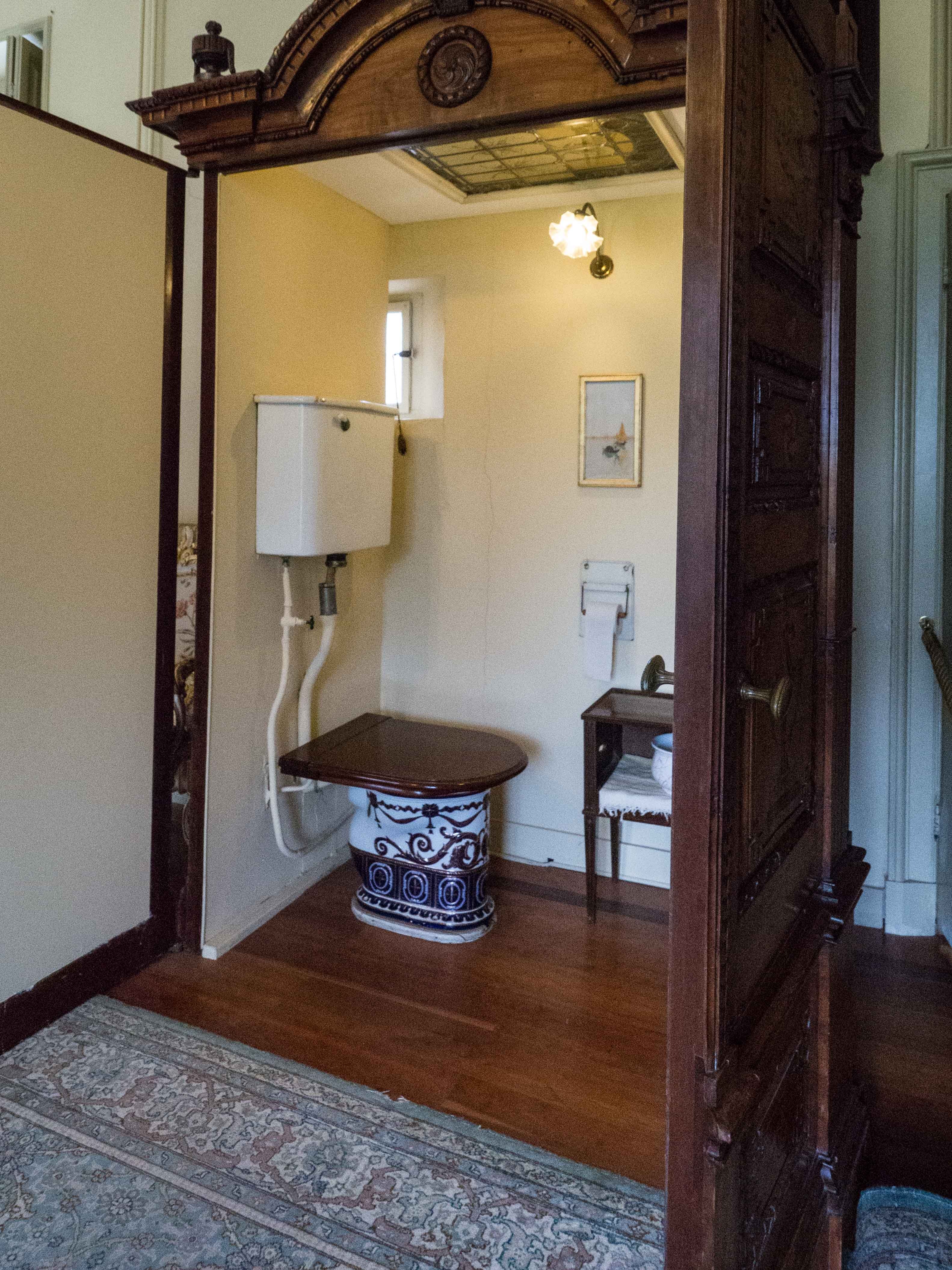
However, when Germany defeated France in 1940, Wilhelm sent a telegram congratulating Hitler, a move that caused the Dutch government to seize Huis Doorn after World War II.
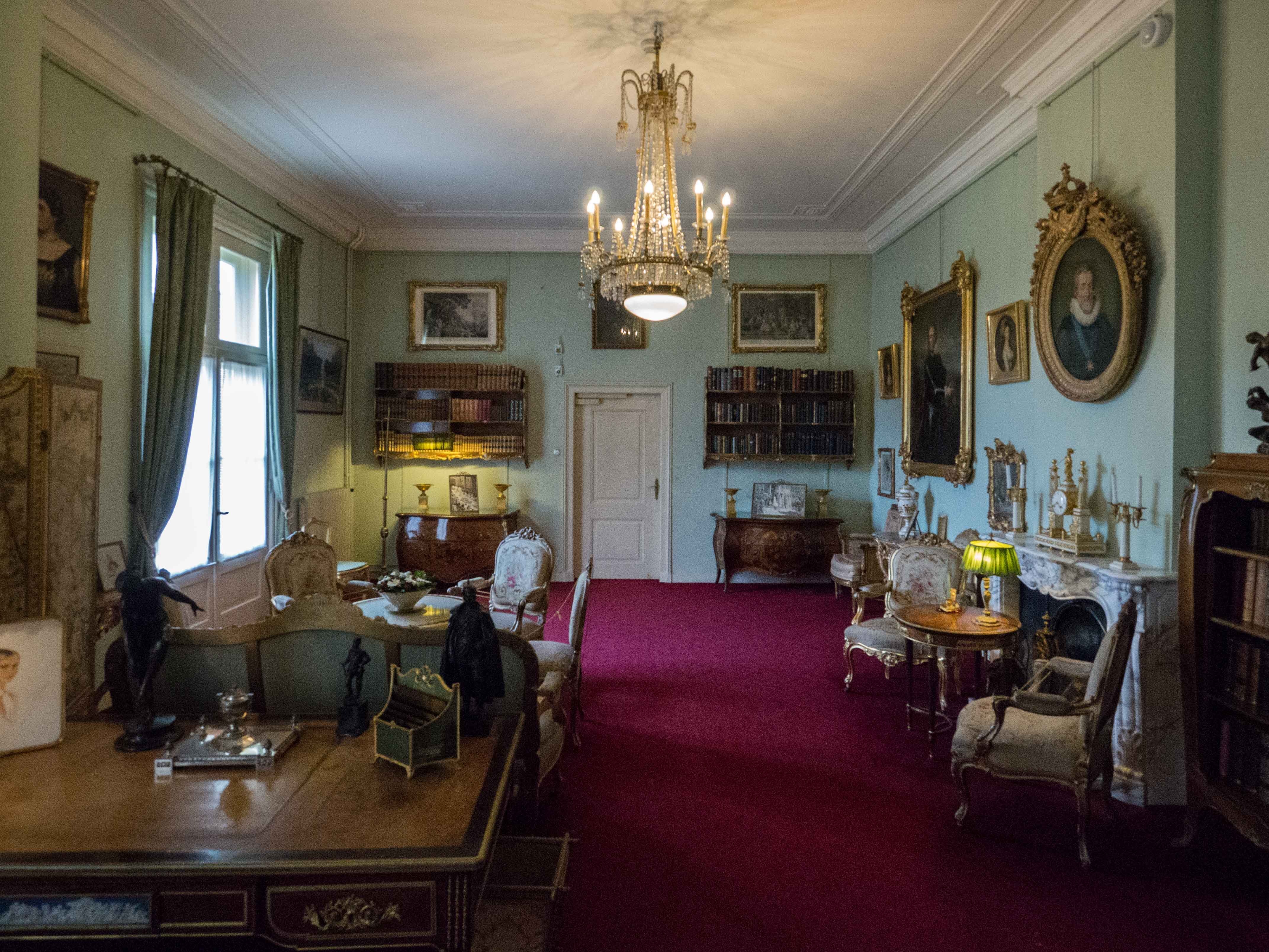
During the German occupation of the Netherlands, Wilhelm chose to stay at Huis Doorn, despite being offered asylum in Britain.
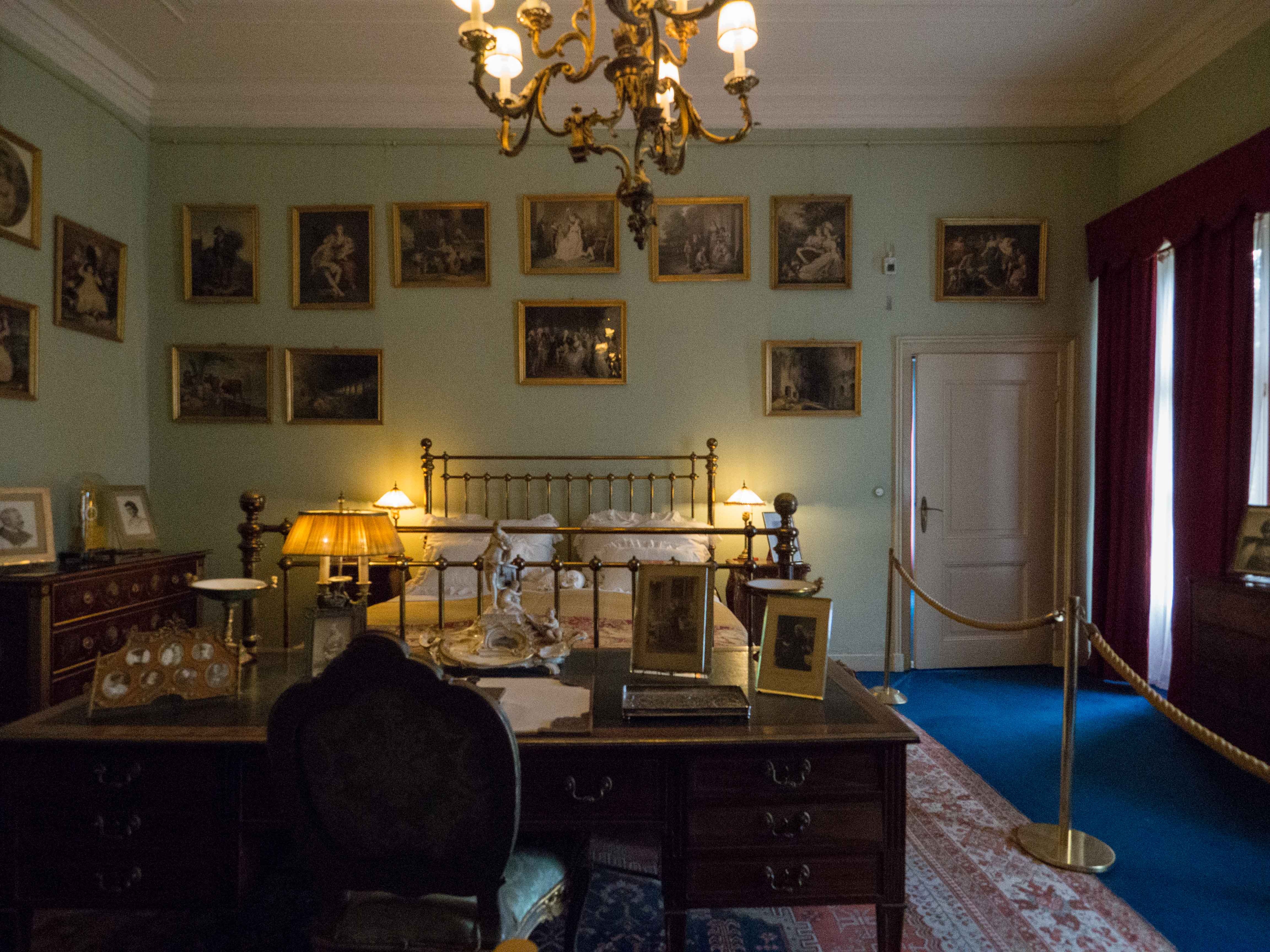
He passed away on June 4, 1941, from a pulmonary embolism.
His funeral took place at the estate, but despite his request for a ceremony without Nazi symbols, swastikas were still present.
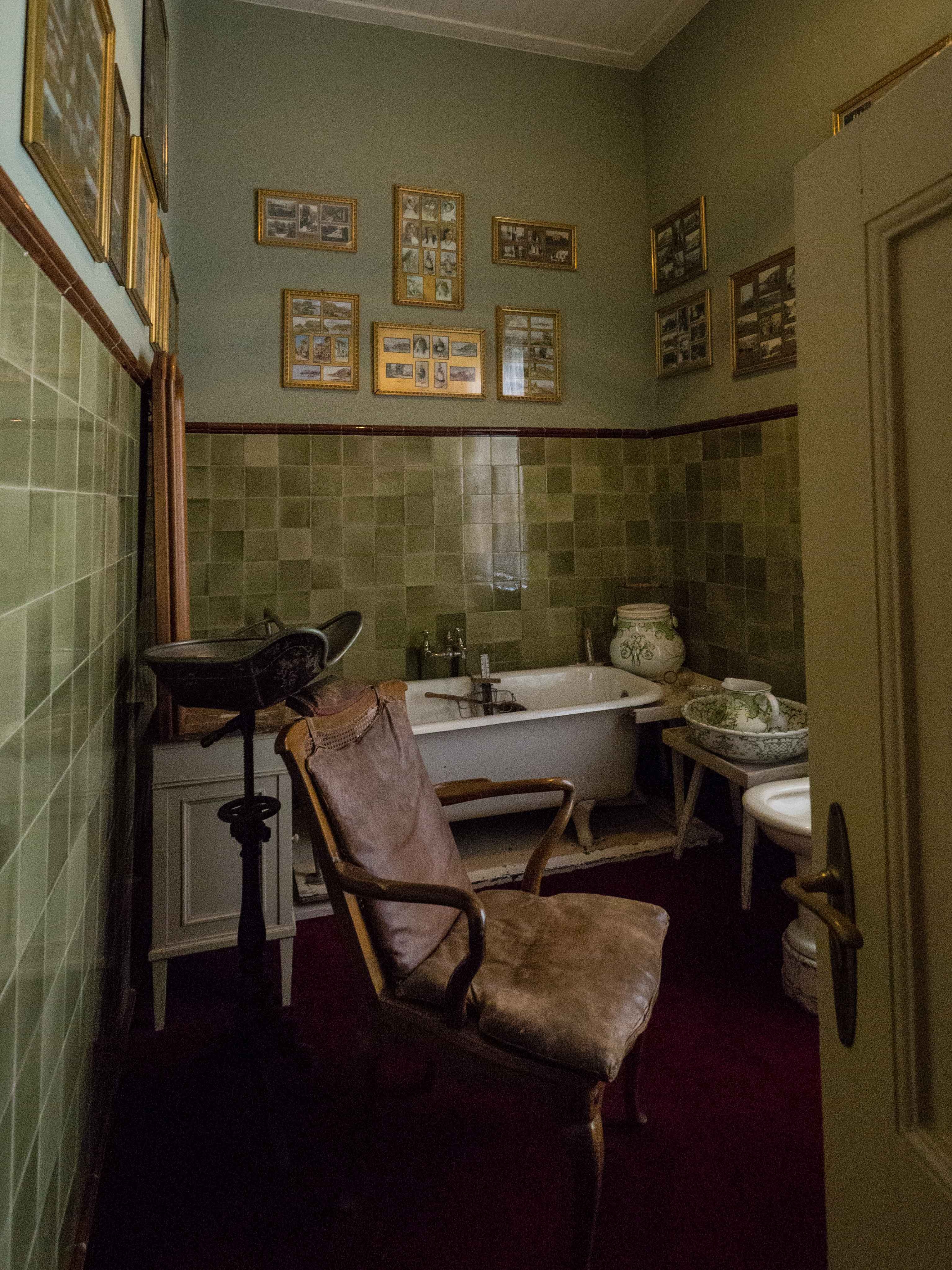
A Museum Preserving History
Today, Huis Doorn is a museum that has been carefully preserved.
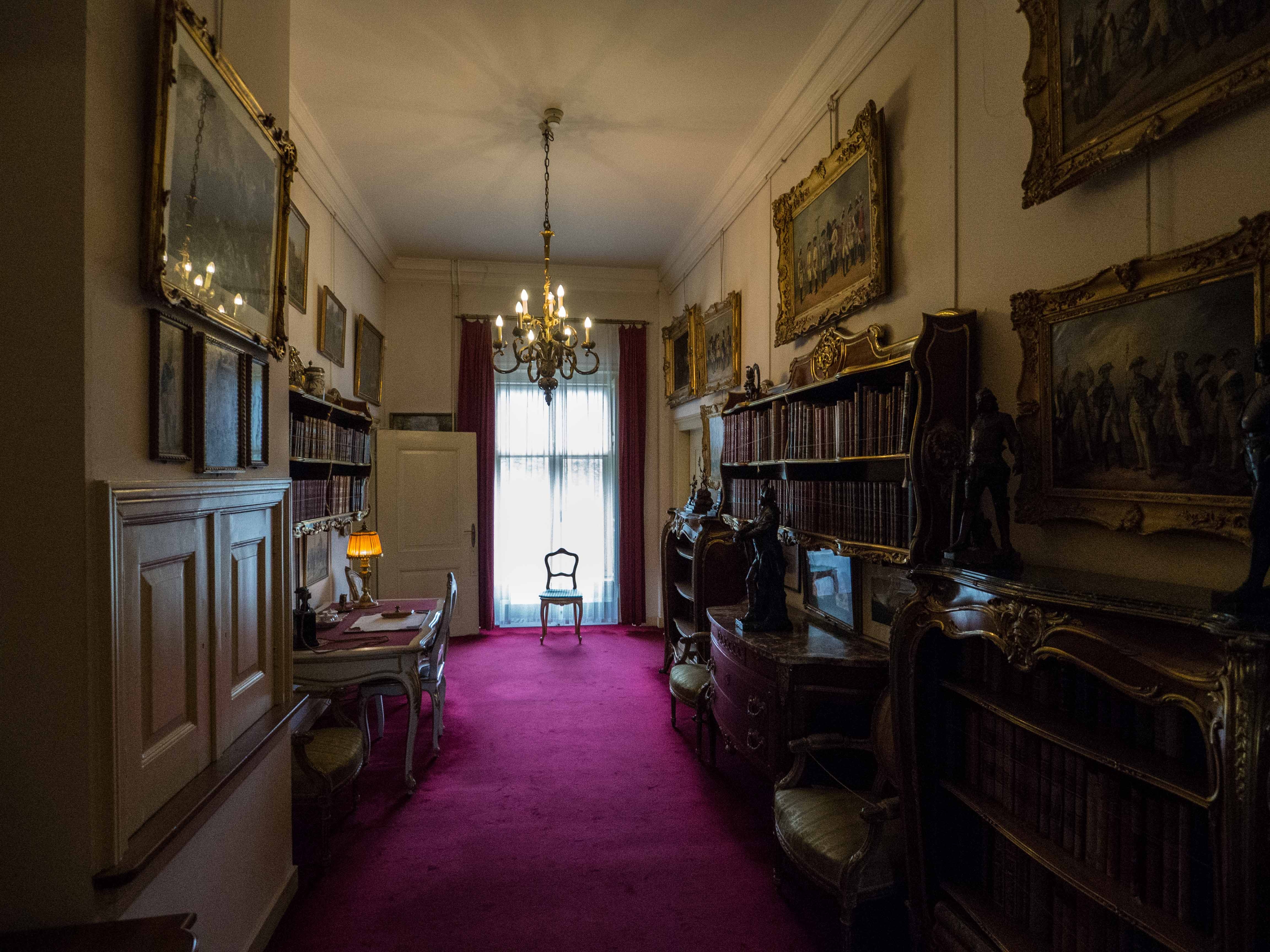
The rooms look just as they did when Wilhelm lived there, with fine furniture, tapestries, and paintings decorating the interiors.

The collection also includes personal items like Wilhelm’s snuffboxes and uniforms that once belonged to Frederick the Great.
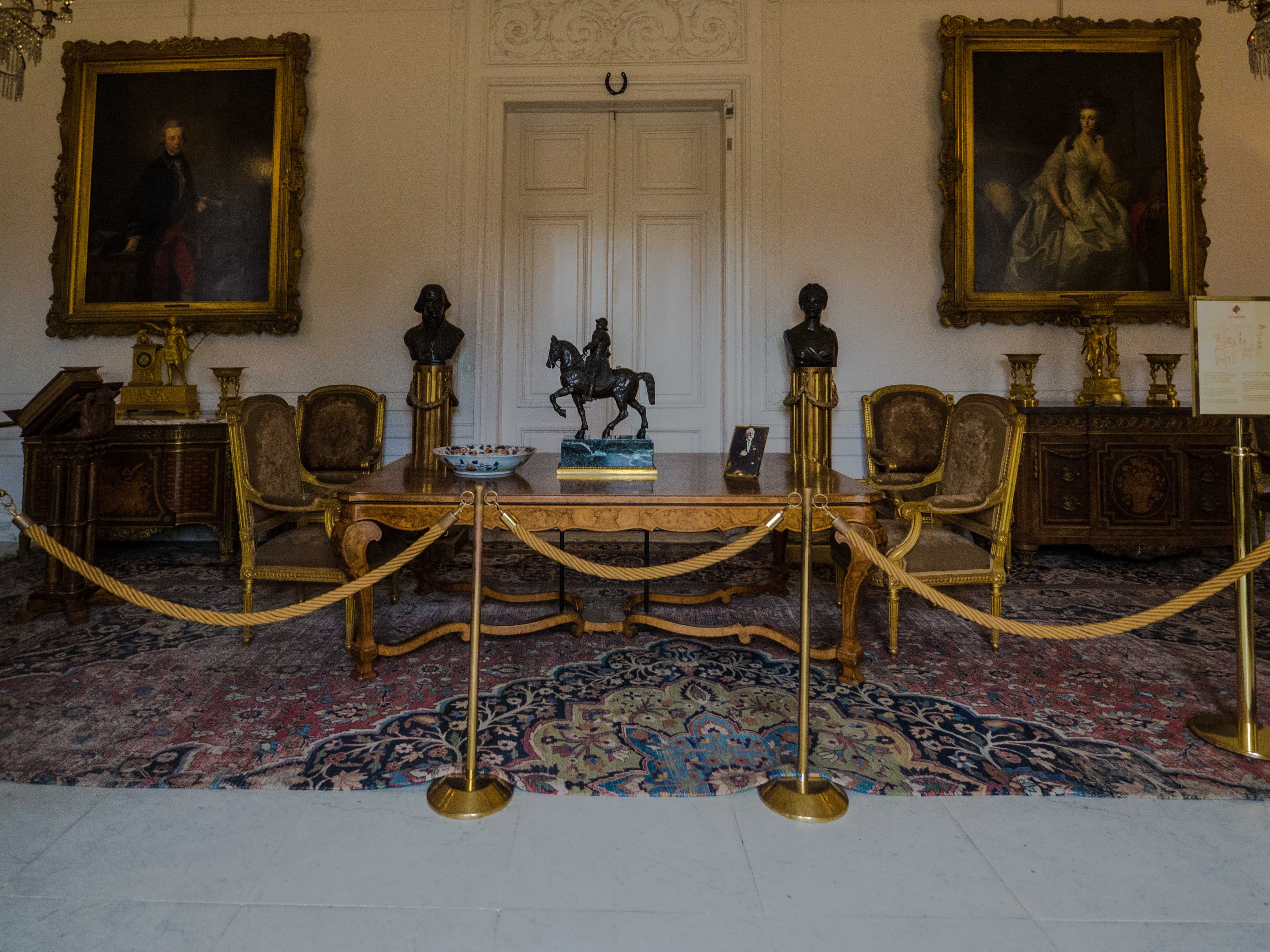
Wilhelm is buried in a mausoleum on the estate, lying in a maroon-colored coffin.
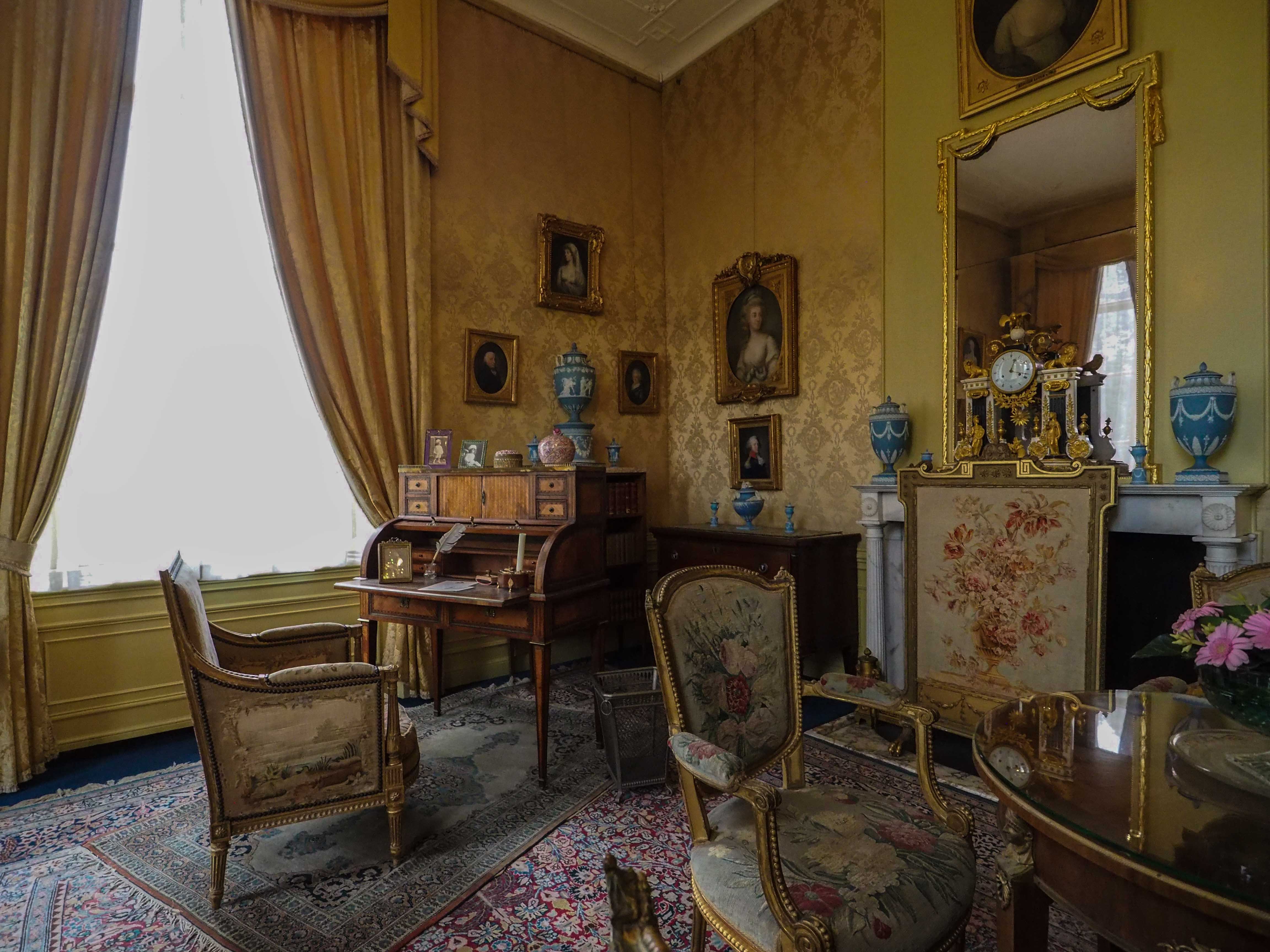
The estate’s 35-hectare park, featuring a rose garden, Wilhelm’s woodcutter’s hut, and his collection of conifer trees, is open to visitors year-round.
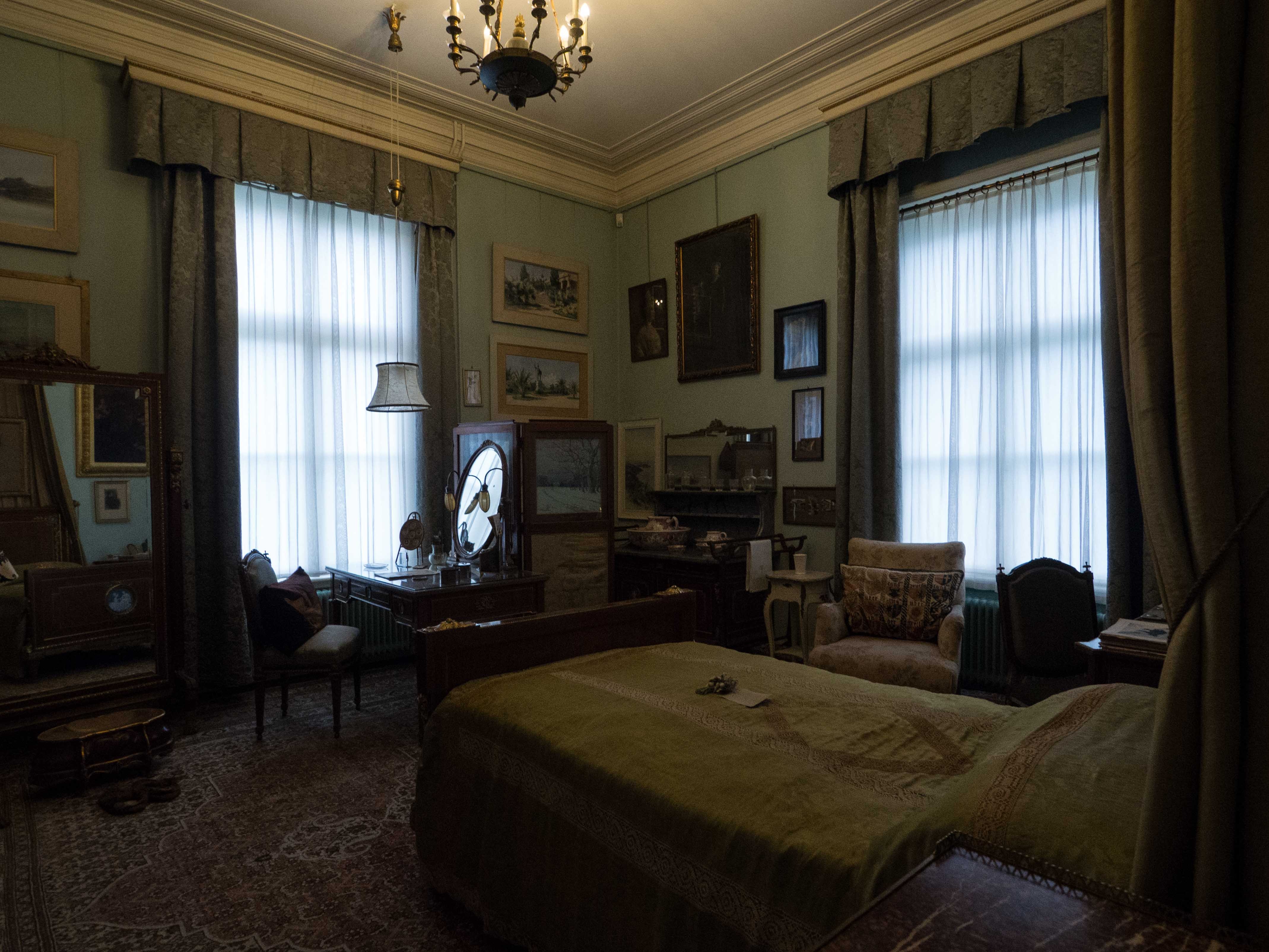
The park’s walking paths and summer activities like family treasure hunts make it a popular spot for both history enthusiasts and those looking for a peaceful day out.
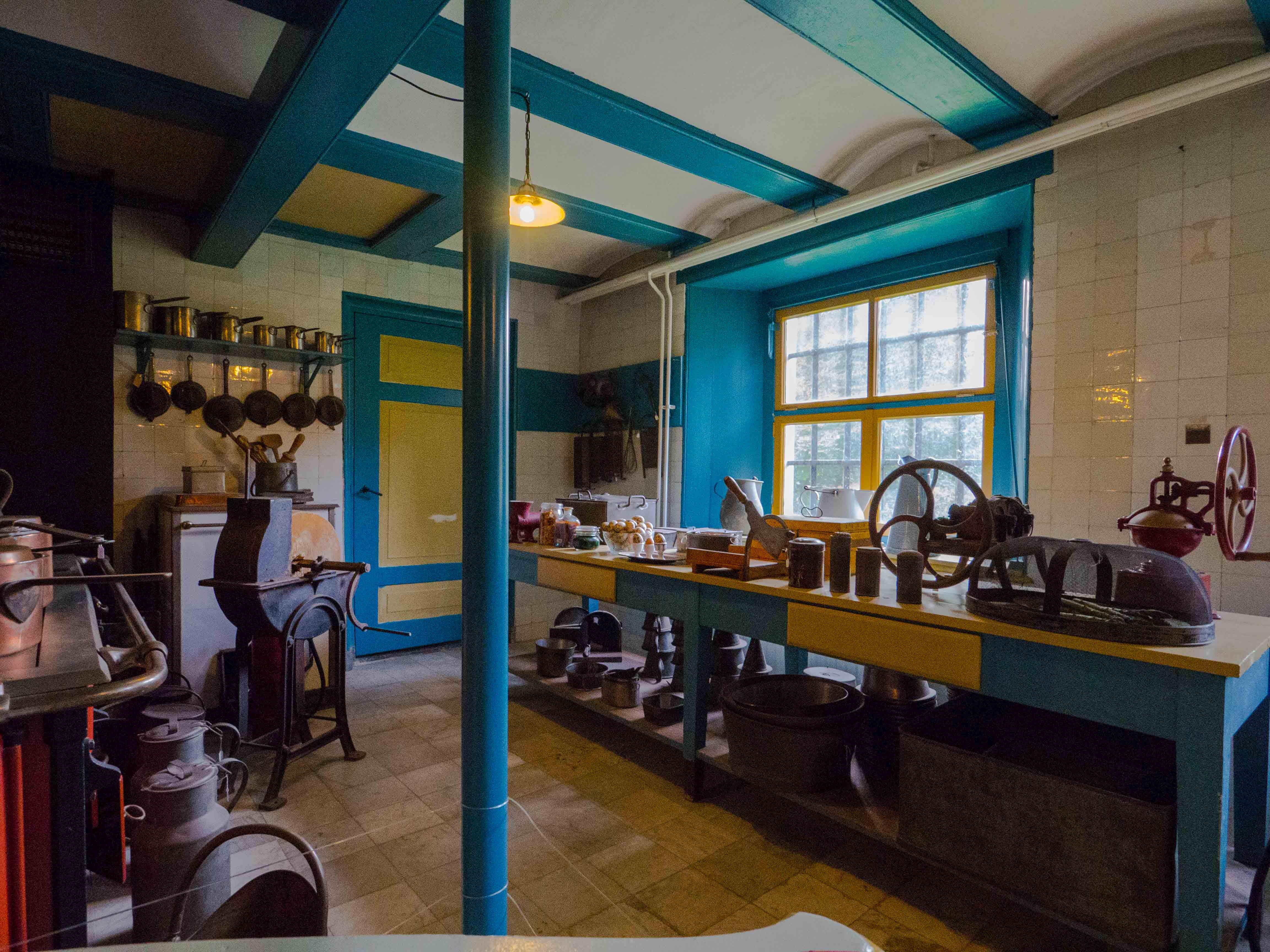
Huis Doorn, A National Heritage Site
Every June, German monarchists gather at Huis Doorn to honor Wilhelm II.
Huis Doorn is now a national heritage site.
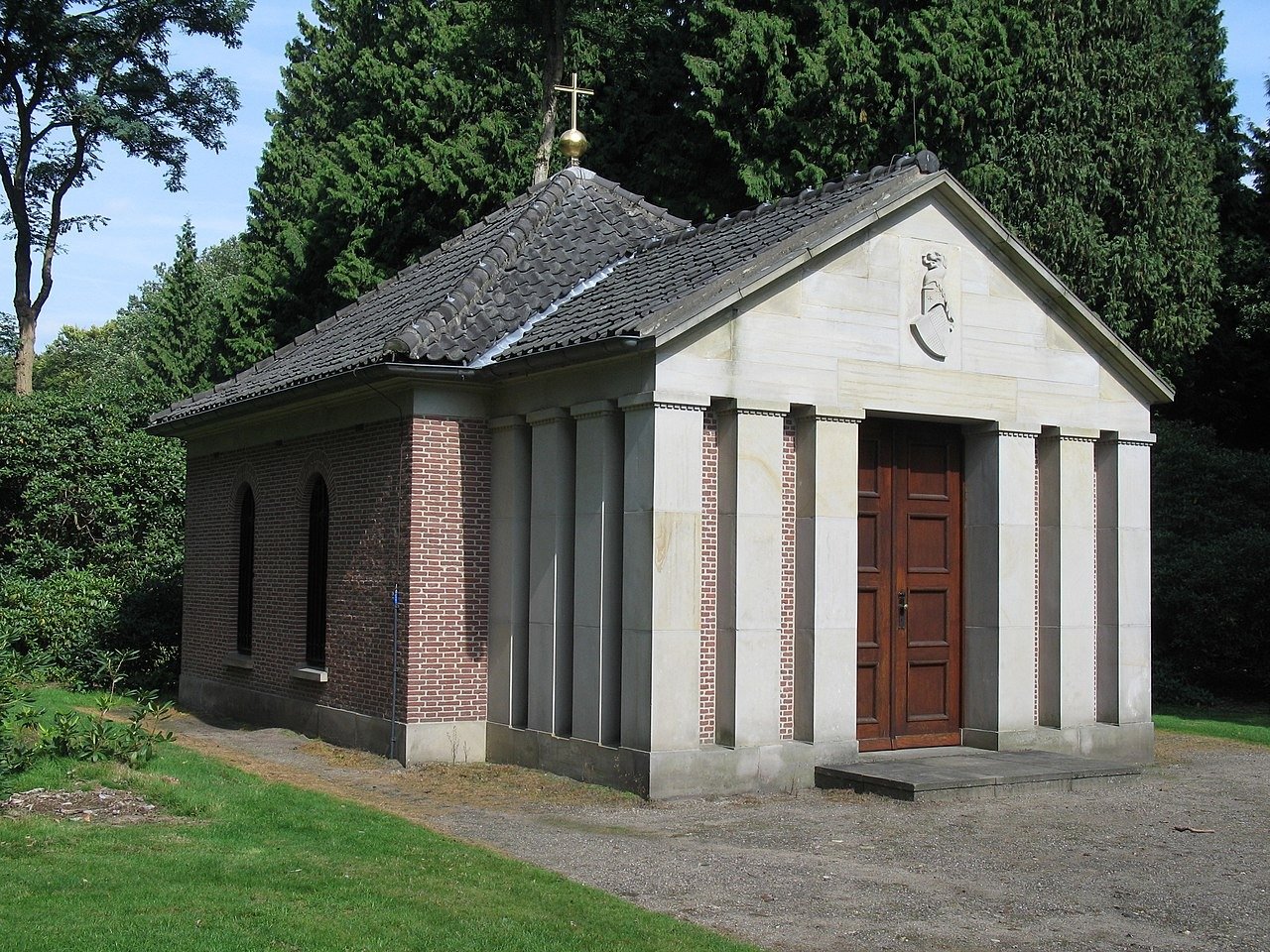
The house continues to attract thousands of visitors each year, drawn by its rich history and the story of the man who once ruled an empire but spent his final years in quiet exile.
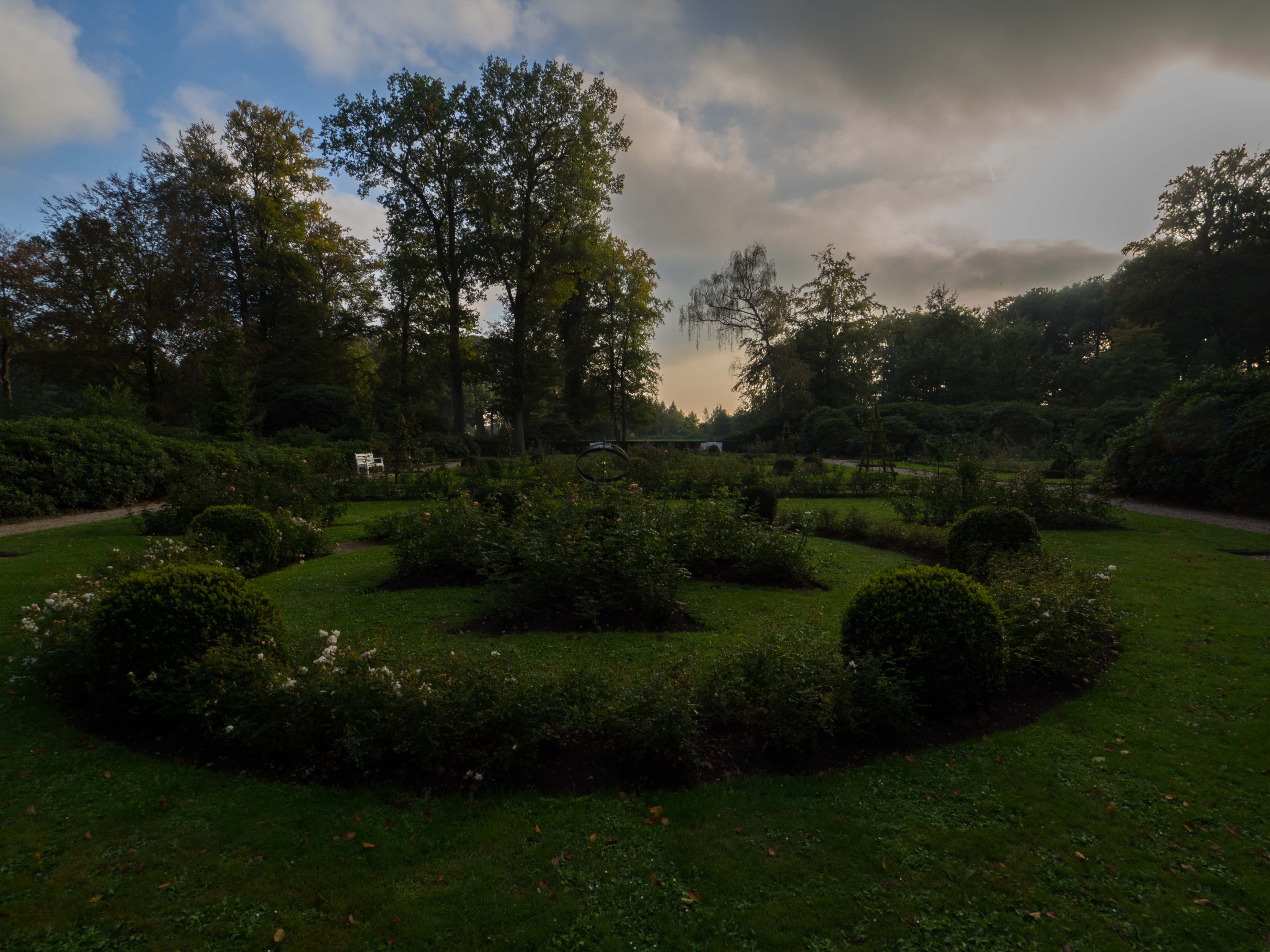
Huis Doorn is a place where history comes to life, offering a unique look into the life of a former emperor who, even in exile, held onto the remnants of his past glory.
